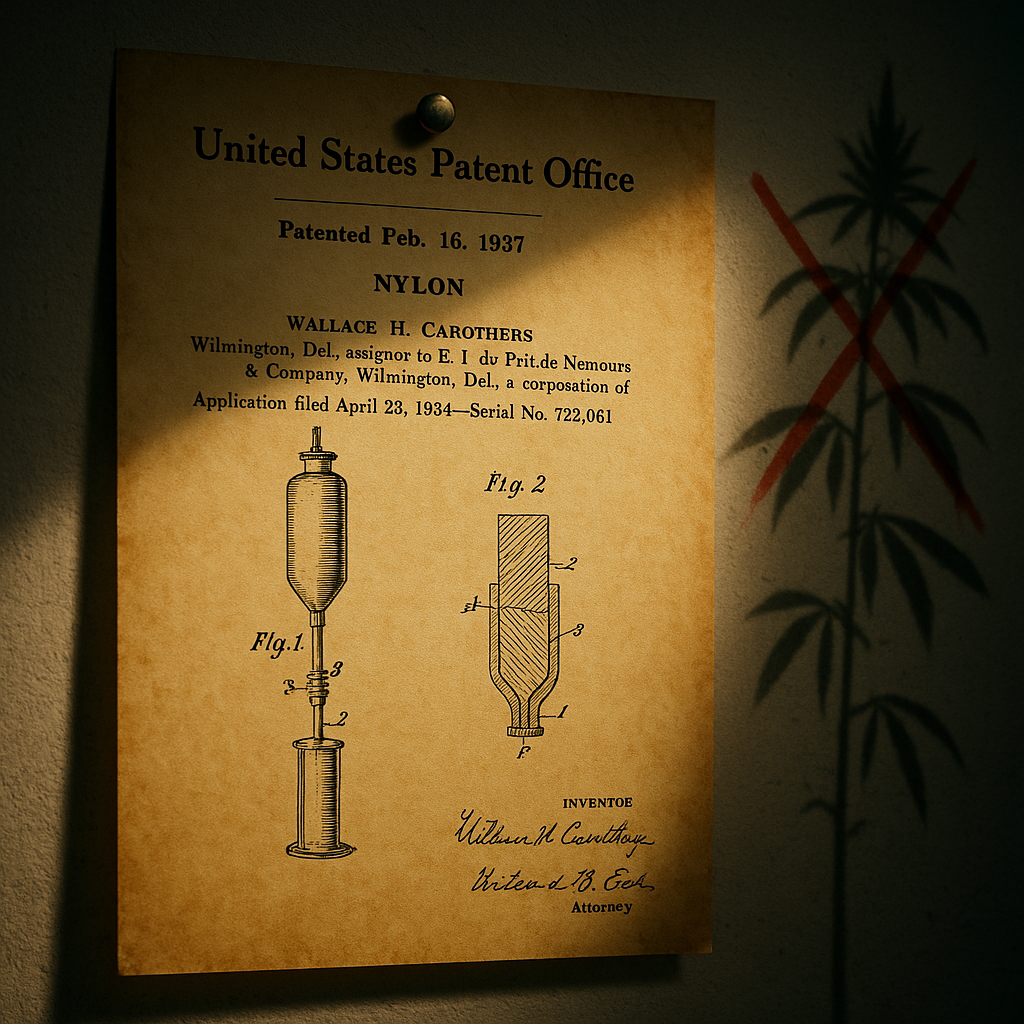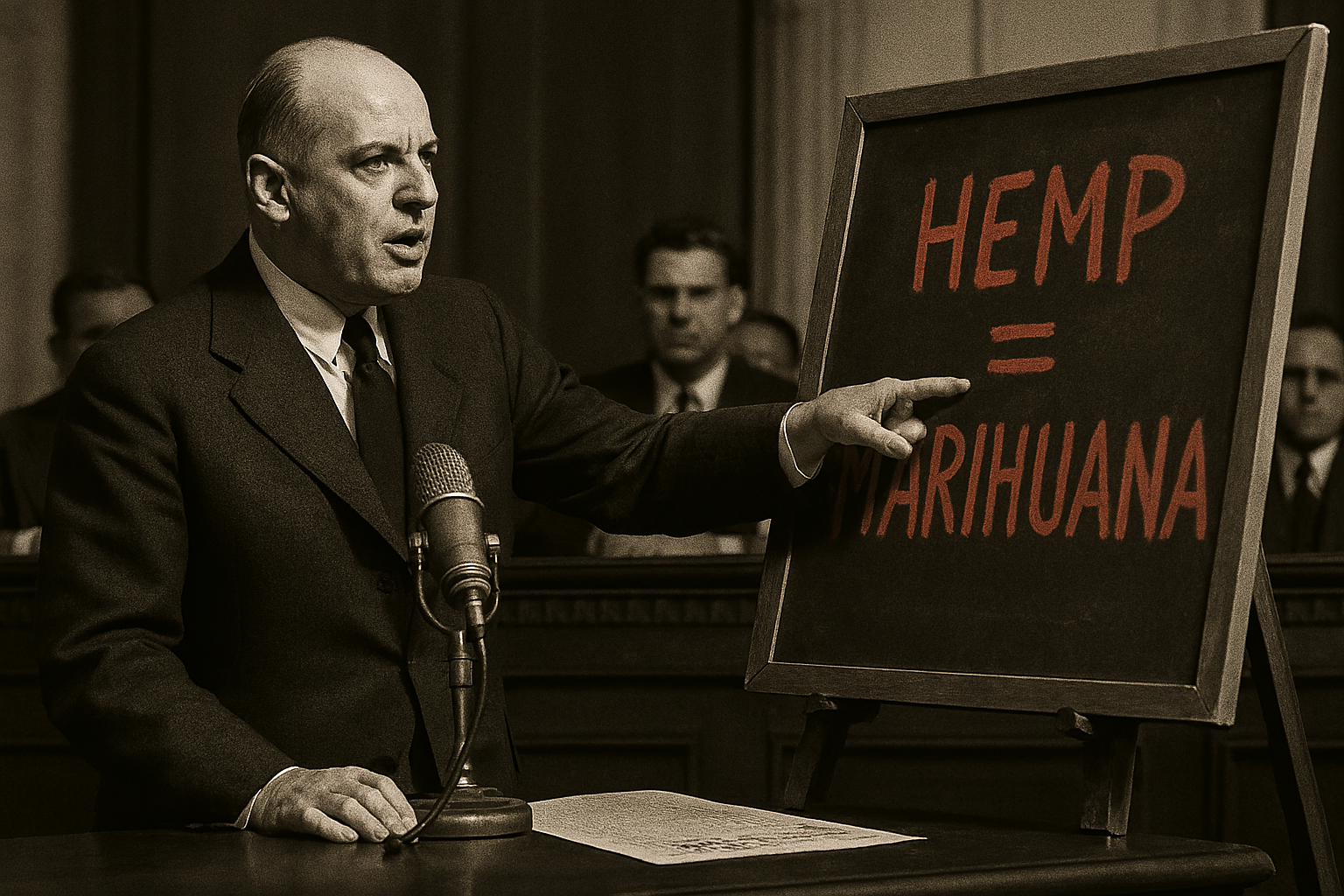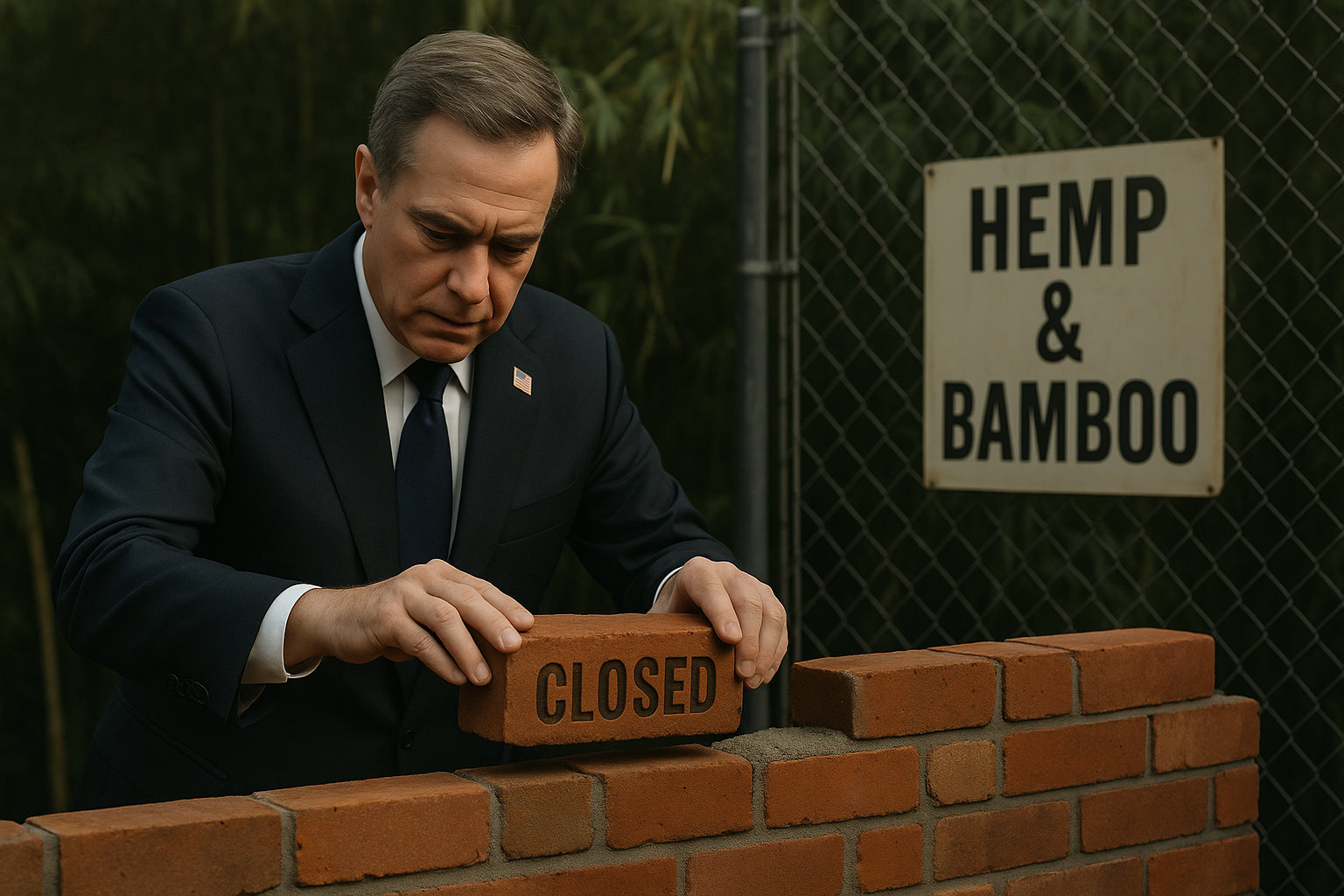🚫 1937: The Marihuana Tax Act. How Hemp Was Executed
In 1937, the U.S. didn’t just criminalize marijuana — it criminalized hemp. A crop that had powered America’s Revolution, supplied its Navy, and clothed its farmers was suddenly lumped in with narcotics. On paper, it was about “public safety.” In reality, it was about money.
The same year the Marihuana Tax Act passed, DuPont patented nylon. Hemp was its only natural competitor. William Randolph Hearst’s timber empire was also on the line — hemp paper could undercut his pulp mills. Together, they waged a disinformation war that painted hemp as a dangerous drug, even though it had nothing to do with recreational cannabis.
The result? The crop that built America was executed in plain sight.
Make it stand out
Whatever it is, the way you tell your story online can make all the difference.
The Propaganda Machine
The campaign was led by Harry Anslinger, head of the newly formed Federal Bureau of Narcotics. He pushed racist, lurid claims about cannabis while intentionally conflating it with industrial hemp (DEA Museum).
Hearst’s newspapers pumped out headlines like “Marihuana: Assassin of Youth” and “Reefer Madness.” These weren’t just cultural quirks — they were corporate strategy. Demonize the plant, erase the competition.
The infamous film Reefer Madness (1936) wasn’t grassroots moral panic — it was funded as propaganda to sway Congress and the public (NPR).
The Receipts They Don’t Teach in School
DuPont’s Nylon Patent (1937): Filed the same year hemp was outlawed, nylon replaced hemp in rope, textiles, and military supply chains (Google Patents).
Hearst’s Timber Monopoly: Hearst used his papers to drive anti-hemp hysteria, protecting his timber-pulp empire (History.com).
Anslinger’s Lies: Testified before Congress that hemp and marijuana were interchangeable — despite USDA studies proving otherwise (DEA Museum).
USDA Report Ignored (1938): Popular Mechanics published “The New Billion-Dollar Crop,” predicting hemp could replace plastics, paper, and textiles. Weeks later, the Treasury ruled that hemp farmers needed prohibitively expensive narcotics stamps (Popular Mechanics Archive).
In short: the U.S. knew hemp was valuable. They killed it anyway.
Why Bury This Truth?
Because hemp wasn’t just a crop — it was a threat to multiple monopolies.
Paper: Hemp yields 4x the pulp per acre as timber, in a fraction of the time (Vote Hemp).
Textiles: Hemp fiber is stronger than cotton, requires less water, and no pesticides (Ministry of Hemp).
Plastics: Hemp hurds could replace petrochemical plastics, a fact even Henry Ford demonstrated in the 1940s (Henry Ford Hemp Car, Hemphasis).
The petrochemical empire couldn’t let that stand. By branding hemp as a narcotic, they eliminated a competitor not just for one market, but for an entire industrial future.
Consumer Takeaway
The Marihuana Tax Act wasn’t about protecting families from “drugs.” It was about protecting profits from disruption. Timber, cotton, and petrochemicals won. Farmers lost. Consumers lost. The planet lost.
And nearly a century later, we’re still paying the price:
Forests cut down for pulp that hemp could have replaced.
Plastics choking oceans that hemp could have prevented.
Jobs offshored to countries that never made the same mistake.
Alternatives didn’t fail. They were executed.
Read the full story in the book.
Evolution Mine: The Industrial Evolution—the blueprint for breaking the petrochemical playbook and building a regenerative economy.
👉 Buy on Amazon






